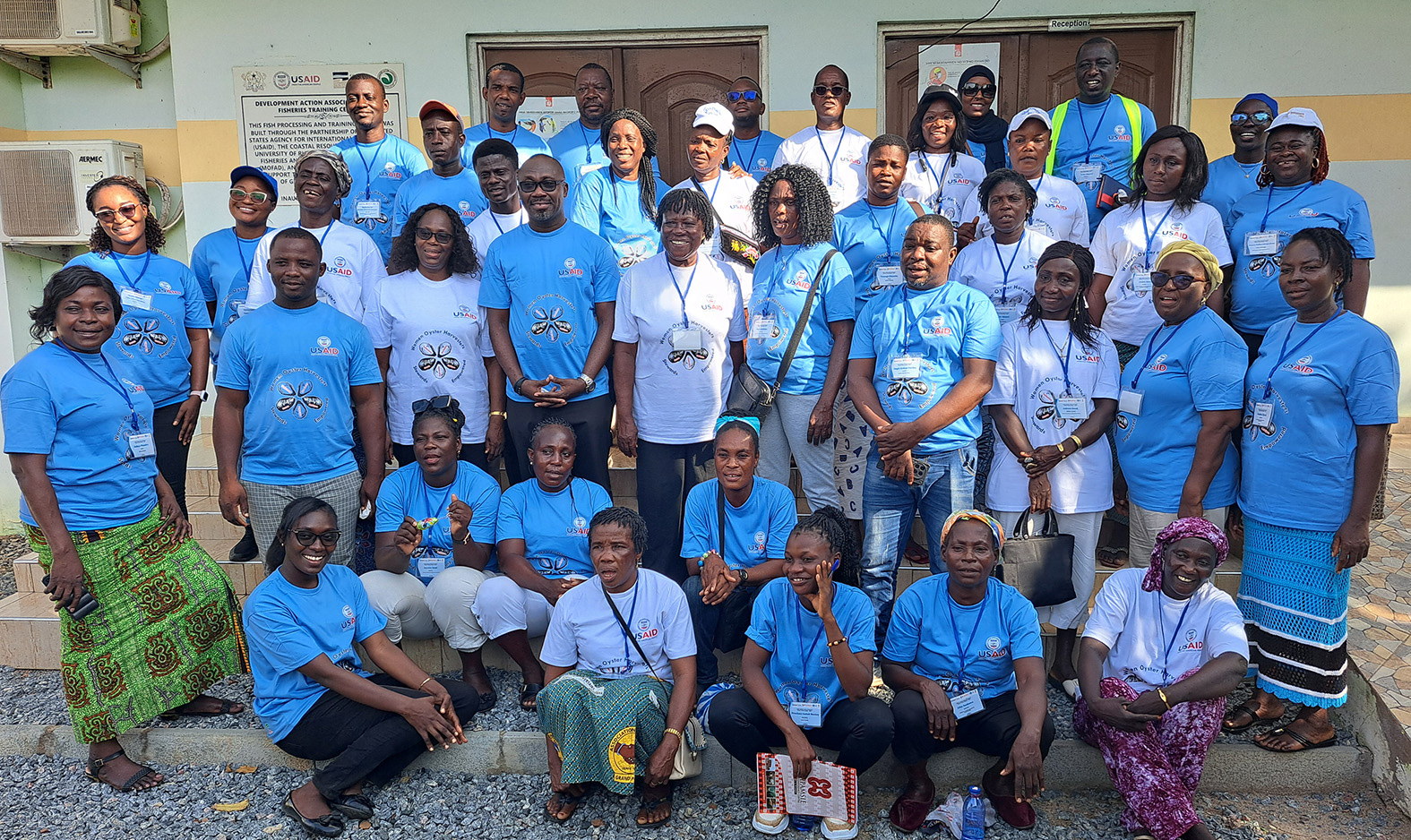Country
Profiles
Country
Networks
Country
Associations
Benin
Overview
The Benin Republic (formerly Dahomey) is a country in West Africa located 9° 19' 18.20" N (Latitude) and 2° 18' 36.02" E (Longitude) and covers about 112,622 km². The altitude ranges between sea level in the south and 400-650 m in the northwest where the Atacora chain is the outstanding mountain (Adomou, 2005). The country is bordered by the Atlantic Ocean on the south, by Togo to the west, by Nigeria to the east and by Burkina Faso and Niger to the north. Benin's coastline measures about 121 km long. The climate is hot and humid in the south and hot and dry in the north. Average annual temperatures vary from 26 to 28°C and may reach 35- 40oC in the northern region. The mean annual rainfall varies from 900 to 1300 mm. The south of Benin has two rainy and two dry seasons. The main dry season is from December to April, with a short cooler dry season from late July to early September.| Basic Contextual Information | |
|---|---|
|
Country
|
Benin
|
|
Total land area
|
114,763 km²
|
|
Population
|
11.49 million (2018)
|
|
Percentage population living in/near the coast
|
17%
|
|
Gross Domestic Product (GDP)
|
10.35 billion USD (2018)
|
|
Human Development Index (HDI)
|
0.520 (163 out of 189)
|
|
Length of coastline
|
121 km
|
|
Fish consumption (as percent of animal protein)
|
38 %
|
|
Anaemia prevalence
|
62% for children under 5 56% among pregnant women 46.9% among women of reproductive age (15-49)
|
|
Estimated mangrove cover
|
6,600 ha
|
|
Estimated estuarine and mangrove ecosystem-based shellfish harvesters
|
710
|
|
Estimated women shellfish harvesters (percent)
|
669 (93 %)
|
|
Estimated direct household beneficiaries
|
5774
|
|
Number of coastal systems with mangrove-based shellfishing
|
3
|
|
Shellfish management regulations
|
Framework law n° 2014-19, August 7, 2014, on Fishing and Aquaculture in the Republic of Benin, Articles 8 and 12 favorable to enabling co-management approaches for fisheries.
|
|
Mangrove management regulations
|
--
|
|
Coastal ecosystems with shellfisheries identified in Ramsar sites
|
Entire coast of Benin: Basse Vallée du Couffo, Lagune Côtiere, Chenal Aho, Lac Ahémé (524,000 ha) Basse Vallée de l'Ouémé, Lagune de Porto-Novo, Lac Nokoué (652,760 ha) An estimated 6,600 ha of this are associated with shellfisheries
|
Shellfisheries
In the Benin coastal waters, namely Lake Nokoue, Porto-Novo Lagoon, Coastal Lagoon and Lake Aheme covering about 11,768 Km2 and belonging to Benin Ramsar sites, shellfisheries constitute an important component of mangrove fisheries and provide substantial revenues for grassroots, mainly women shellfishers. The current study was undertaken to assess and document shellfisheries and mangrove status. Surveys were conducted with the shellfishers in coastal villages. Other stakeholders such as researchers, government and NGOs were interviewed.
Shellfisheries involve mainly women aged 13-75 years. Shellfisheries in coastal areas include activities such as culture, harvesting, transportation, processing, retailing/marketing, and consumption. The most common shellfish exploited were Crassostrea tulipa (mangrove oyster), Achatina achatina (giant snail), Tympanotonus fuscatus (small gastropod), Cardiosoma armatum (Wetland crab), Callinectes sp (Lagoon crab) and Penaeus sp (Shrimp). Shellfish meats are sold fresh, fried, and smoked and monthly revenue from shellfishing ranged between $74-$480 ($252±142).
Mangrove degradation and seasonal/periodic flooding were the main threat for the shellfisheries. Overall, the Benin fisheries law explicitly allows for co-management through delegation of authority including to fisher associations. Holistic and community-based approaches including ecological/biological research, law reinforcement, governance regimes, climatic factors, mangrove forest protection and restoration, ecosystem monitoring, shellfish farming improvement, and marketing are required for the sustainable exploitation of shellfishes.
To improve women’s shellfisheries livelihoods and working conditions, and mangrove health in Benin, stakeholders articulated the following recommendations:
Respect the various fisheries and environmental laws and regulations
Raise awareness on the policies available for mangrove protection
Protect the mangrove habitat
Promote environmental education
Sensitize fishermen on the roles of mangroves and the necessity to protect them
Provide capacity building for all stakeholders on sustainable use of mangrove ecosystems
Organize men and women shellfishers into associations
Regulate shellfish collection, including through co-management frameworks
Implement a shellfisheries inventory
Conduct research on shellfish habitat conservation
Implement ecological research
Research oyster mortality during flooding - depict the cause of mortalities during flooding
Develop and promote shellfish farming
Avoid fishing by fishermen in oyster culture areas
Modernize shellfishing techniques
Provide technical assistance and financial aid (training, materials, funds) to resource users and other stakeholders to facilitate improved and sustainable shellfisheries harvesting, processing, and sales
Train women (and men) shellfishers to adopt good practices to preserve the environment and their health.
Develop shellfisheries value chains for the valorization of products to increase value added and income, especially for women. This can be achieved by training women in hygienic processing methods, improving the presentation of products, and seeking out markets for their sale
Promote shellfish sales in hotels and restaurants
Encourage shellfish consumption on a large scale
Promote other livelihood activities so that the oysters and mangroves will be restored
Shellfish Association
Reports
-
-
The Estuarine and Mangrove Ecosystem-Based Shellfisheries of West Africa: Spotlighting Women-Led Fisheries LivelihoodsView Technical Report
-
Participatory Assessment of Shellfisheries in the Estuarine and Mangrove Ecosystems of BeninView Technical Report
-
Literature Review for the Participatory Regional Assessment of the Shellfisheries in 11 Countries from Senegal to NigeriaView Technical Report
-
West Africa Women-led Shellfisheries Co-Management in a Global Context: Case Studies From Africa, Asia, and South AmericaView Technical Report
-
Multivariate Analysis of the Theory of Change ModelView Technical Report
-
Presentations
-
No Presentations
Get started by creating a new presentation.
News, Stories & Conversations


